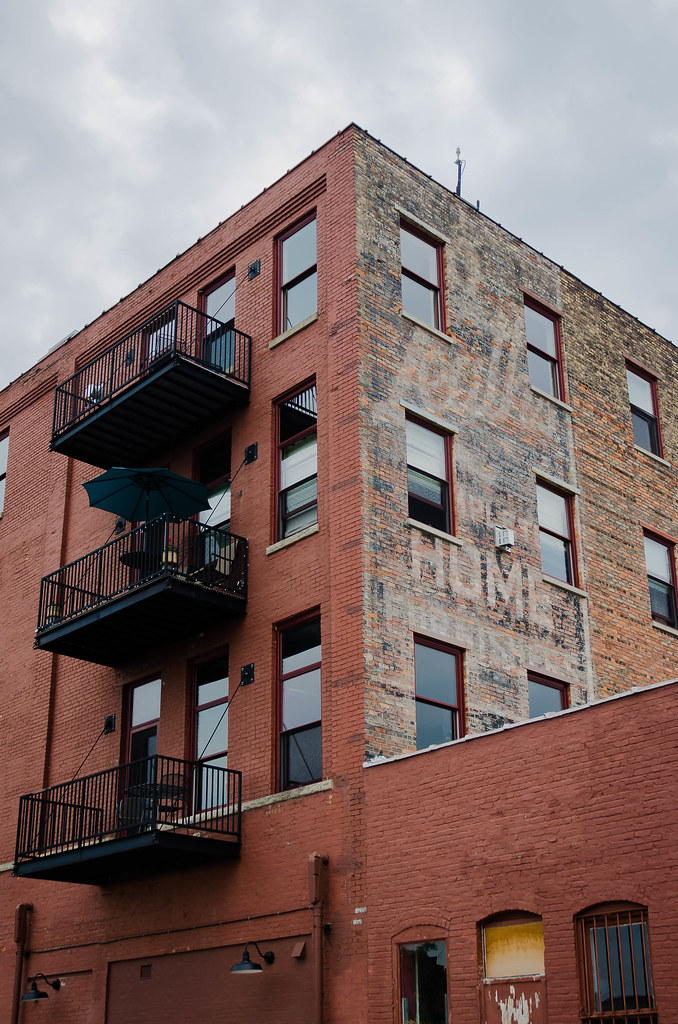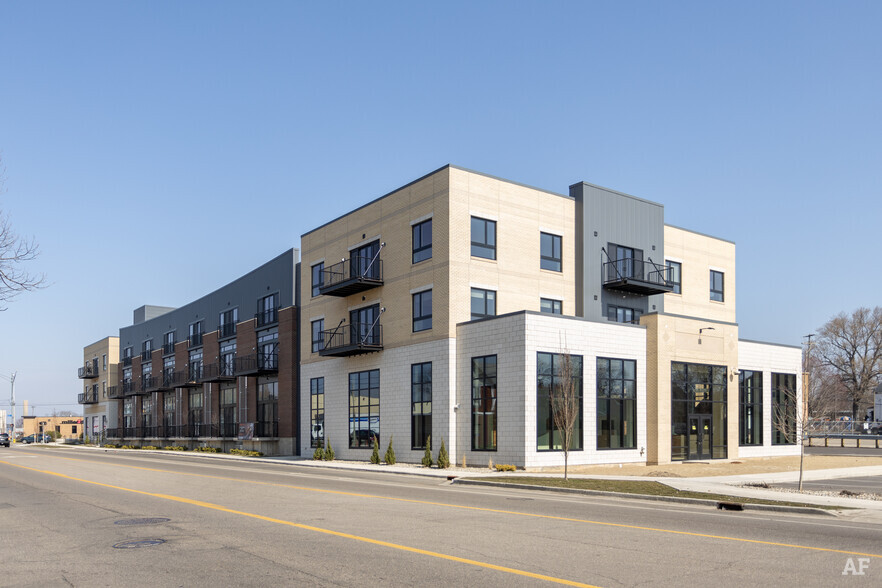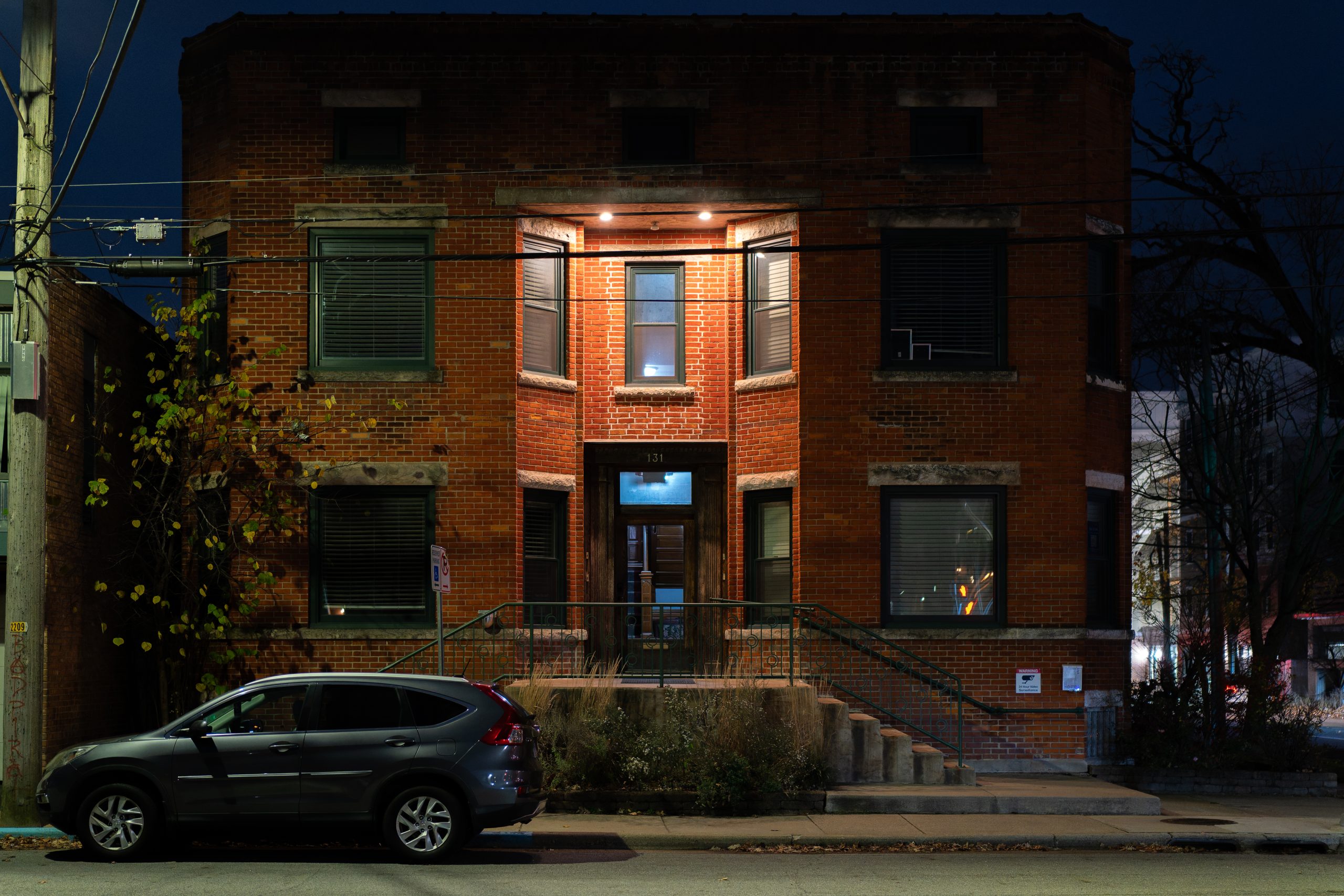When we talk about housing justice in Kalamazoo, it’s easy for some to think the issue only affects a small group, a few families in public housing, or tenants facing eviction notices. But the truth is much bigger. To understand why housing justice matters, we have to start with the numbers.
Nearly Half of Kalamazoo Residents Rent Their Homes
In Kalamazoo, about 46% of residents rent their homes. When measured by housing units, 57% of households in the city are renter-occupied (BestNeighborhood.org, RentCafe, DataUSA).
That means more than half of the homes in Kalamazoo are rented, not owned. This makes our city what many advocates call a “landlord city.”

Michigan Renters and the Housing Cost Burden
Renting is not just about where people live. It’s about whether they can afford to stay.
- In Michigan, 50.1% of renters are cost-burdened, spending more than 30% of their income on housing (CRCMich, U.S. Census ACS).
- In Southeast Michigan, the rate is nearly 49% (SEMCOG).
- Nationally, 49.7% of renters are cost-burdened (U.S. Census).
This means Michigan is right in line with the national average—yet the scale of the crisis here remains staggering. Nearly 1 out of every 2 renters across the state is paying more than they can reasonably afford just to keep a roof overhead.
HUD and Subsidized Housing in Michigan
Statewide, approximately 241,000 people live in subsidized housing, including HUD-assisted complexes, voucher programs, and nonprofit-managed developments (CRCMich).
While we don’t have a city-specific number for Kalamazoo, we know from local waiting lists and nonprofit housing data that thousands of people here rely on these programs. For many, it is the only path to stability in an unaffordable rental market.

Why Renters and Public Housing Affect the Whole Community
When half of a city’s residents rent, housing instability affects everyone. Cost-burdened renters often have to choose between paying rent and covering other essentials, such as groceries, medical bills, or childcare. That stress doesn’t just impact individuals; it ripples out to schools, workplaces, and neighborhoods.
Public housing and rental policies are not niche issues. They are community issues, touching nearly half of Kalamazoo’s residents and shaping the future of our city.
Connecting Past Housing Discrimination to the Present
My first blog post looked at the history of redlining and housing discrimination in Kalamazoo. This piece connects that history to the present: we are still living with the results of inequity.
In upcoming blogs, I’ll spotlight public housing specifically and share the personal stories behind these numbers. But let this sink in: half of Kalamazoo’s residents live behind rented doors, and nearly half of those renters are struggling to afford it.
-Jennifer L. Dayton
Founder & Executive Director, Kalamazoo Justice Project, Inc.

Main Photo Credit: Bill Dolak via Flickr (CC BY 2.0)
Sources: BestNeighborhood.org; RentCafe; DataUSA; CRCMich; SEMCOG; U.S. Census ACS 2023

Leave a Reply